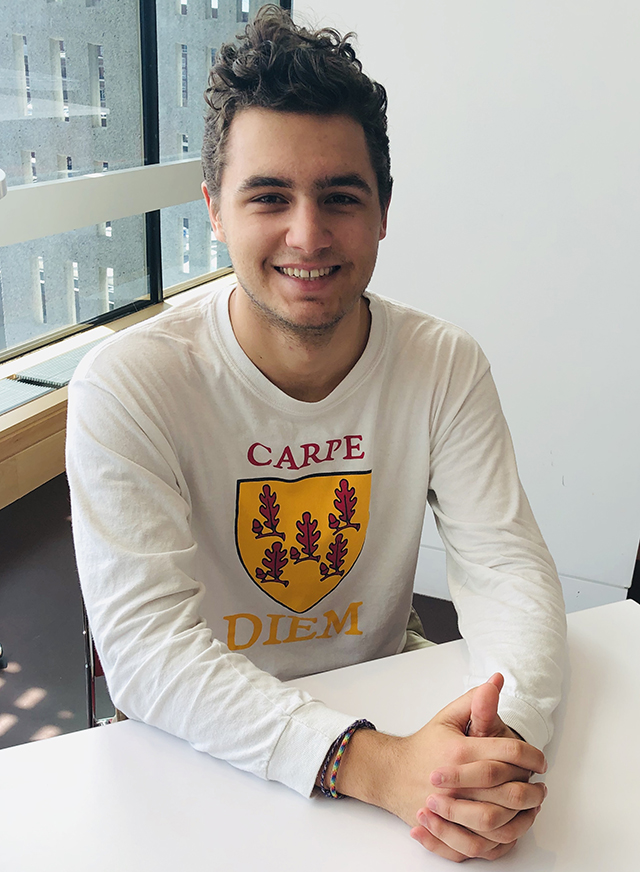
"Not a lot of people know that three-quarters of infant deaths occur in the first week of life. So, I am currently working with a group on a project—in Conor Walsh’s Biodesign Lab — to create a device that is aimed at reducing the infant mortality rate in the developing world. Funded by the Bill & Melinda Gates Foundation, the goal of the Infant Sensing Project is to build a soft sensor that can be worn like a garment. I call it the Fitbit for babies. The idea is that infants would wear the device for the first week after birth to monitor their respiration and temperature, which are two vital telltale signs for some of the most common causes of infant deaths. As a matter of fact, apnea, or the lack of respiration, is so common among newborns that on our visit to NICU at the Umass Memorial Medical Center, we noticed that the infant breathing monitors would very frequently pause. Preemies, especially, would stop breathing for a good five to 10 seconds and then start again. This is because they're not used to breathing. In fact, they are not supposed to be breathing at this point in their development and so it's very common for them to have long lapses. If, however, these lapses last longer than 20 seconds, it can be fatal. With this device we intend to monitor infant respiration and alert the user or caretaker to jostle the baby, if there’s been more than a 20-second lapse. The current industry standard sensors are tied to expensive machinery, which can be hard for people in developing countries to purchase. So, we're trying to make something that not only costs less but can also be used outside the hospital. This way, infants can go home with their parents and the device will continue monitoring. While, it wouldn't give as much diagnostic information as the systems at hospitals, it would be the bare minimum of what we think will help improve chances of survival." — Charlie Colt-Simonds, S.B. '20, electrical engineering concentrator and co-president of the Harvard Undergraduate Robotics Club.